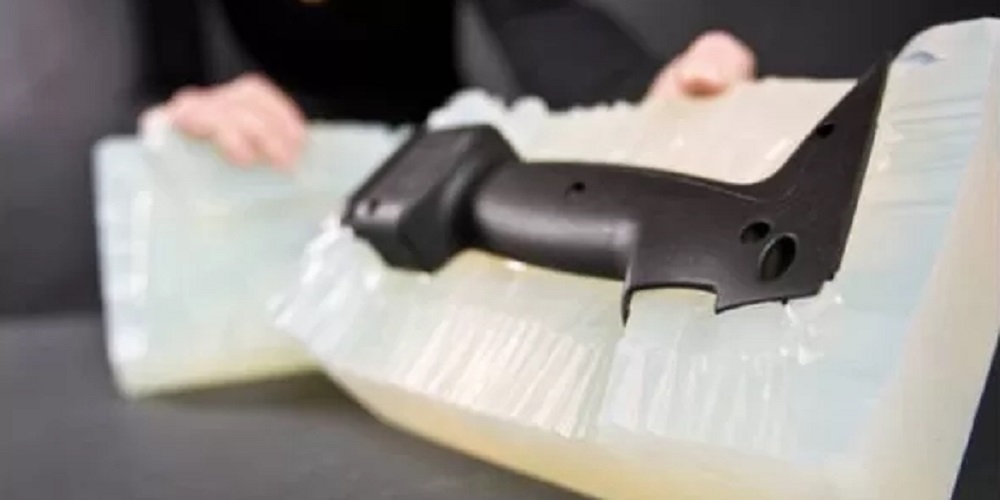Rapid prototyping uses various manufacturing techniques to create a prototype or a 3D model of a product. Vacuum casting is a popular way to make high-quality prototypes in small batches and has helped grow many small-scale businesses. Vacuum casting prototyping involves creating a mold from a master model and then casting multiple replicas from the mold. Replicas made this way are highly accurate and detailed. Several websites offer vacuum casting prototyping services; visit those and can get an idea of what is best for you. The company you choose for your product manufacturing should be trustworthy to avoid inconvenience. You can get a review from a friend or family member who knows or is knowledgeable of vacuum casting and rapid manufacturing. Please continue reading to learn more about it.
Benefits of vacuum casting rapid prototyping
Rapid prototyping with vacuum casting has a lot of advantages. Additionally, it can produce highly detailed replicas of the master model. This is perfect for making small batches of highly detailed prototypes for product testing, marketing, or presentations. Rapid prototyping with vacuum casting is also highly efficient. Multiple replicas can be made from a single casting in a short interval of time. It's perfect for prototyping small batches without expensive tools and equipment.
How does vacuum casting prototyping work?
A vacuum casting process makes highly accurate and detailed prototypes in small batches. Using a silicone mold, multiple replicas of a master model are cast. The vacuum removes air from the mold so liquid material can flow and fill it. A master model is created using 3D printing, CNC machining, or hand sculpting. A silicone rubber mold is made from this master model. Molds are made by pouring silicone rubber over master models and letting them set. When the mold is set, it's cut open, and the master model emerges. A vacuum chamber then removes any air bubbles from the mold. By doing this, the liquid material can flow into the mold and fill it up. It's usually a two-part polyurethane, or epoxy resin poured into the mold and set. After the material has been set, the mold is removed, and the final product is revealed. Some of the applications of rapid prototyping are given below. Let's look at those.
Applications of vacuum casting rapid prototyping
Rapid prototyping with vacuum casting is a highly versatile process. Creating small batches of highly accurate and detailed prototypes is one of its most common uses in product development. Before a product goes into production, it is done during the design phase to test and refined it. Rapid prototyping with vacuum casting is also used in the automotive, aerospace, and medical industries. High-detail parts, like gears, hinges, and connectors, can be made using this process.
Final thoughts
All in all, rapid prototyping or vacuum casting can prove to be beneficial for your business startup and growth. Rapid prototyping with vacuum casting is an effective way to make small batches of highly accurate, detailed prototypes. A silicone mold is created from a master model, and multiple replicas are cast. This process is highly efficient, customizable, and flexible, so it's perfect for developing and manufacturing products.


